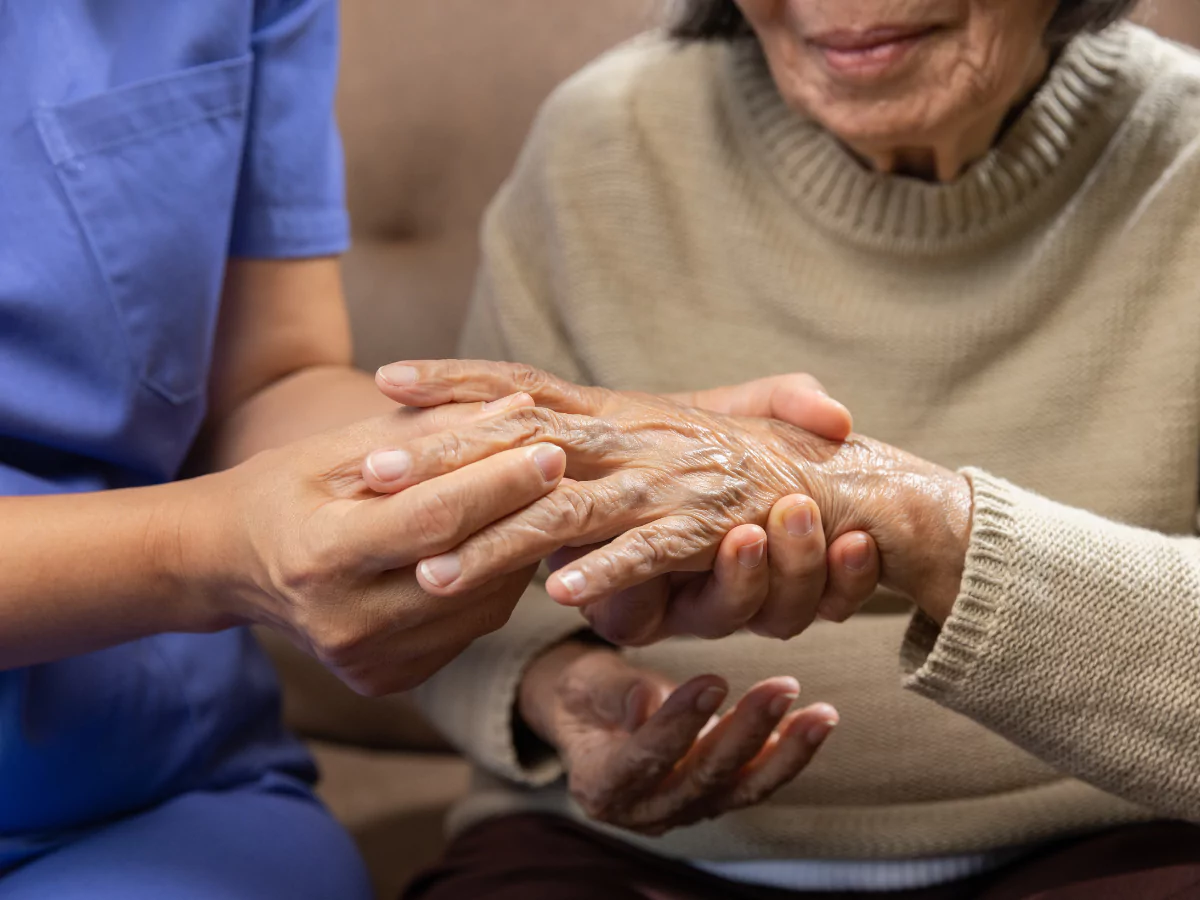
Ketamine is known for its anesthetic and dissociative properties. At standard doses, ketamine serves as an anesthetic for surgical procedures.
At lower doses, ketamine affects the central nervous system, influencing the patient’s perception of pain. Ketamine blocks N-methyl-D-aspartate (NMDA) receptors and modulates glutamate, both of which are integral factors in pain signaling.
Chronic pain can be challenging to manage, and many patients have turned to ketamine after other medications have failed to provide relief.
While ketamine has helped many patients find relief from chronic pain, it is essential for each individual to consult with their healthcare team to determine if ketamine is a viable option for their specific condition.
It targets glutamate receptors in the brain, potentially "resetting" neural pathways linked to mood and pain perception.
Patients can find relief when other treatments fail. Effects may be felt within hours.
At low, controlled doses for medical use, addiction risk is minimal. Ketamine is not neurologically addictive.
Psychological addiction is more of a factor when considering the potential for addiction when using compounded ketamine.
Relief varies. Some experience benefits for days or weeks after a dose, while others require maintenance sessions.
Consistency and adjunct therapy (e.g., counseling) help improve outcomes.
Forms such as nasal sprays, sublingual troches (lozenges), rapid-dissolving tablets, and topical creams are available for convenient at-home use under medical guidance.
For those with sensitivities, we offer allergen-free, dye-free, or preservative-free options.
These customizable formats allow your provider to match the delivery method to your treatment plan and individual needs.
Certain compounded forms, like nasal sprays and troches, may be prescribed for at-home use under strict medical oversight. Providers will assess if this is suitable based on the patient's condition and safety.
IV ketamine and the traditionally prescribed nasal spray Spravato must be administered in a doctor's office.

Recent studies highlight ketamine’s potential to help patients with chronic pain. While regular doses of ketamine can cause hallucinations and dissociative effects, low doses are generally well tolerated.
Ketamine can serve as an alternative to opiates and can provide analgesic effects in as fast as 60 minutes.
With long-term administration of ketamine, patients can experience up to 3 months of analgesic effects post-administration.
Ketamine has also shown the ability to help patients with depression, which is sometimes a comorbidity to chronic pain.




Ketamine therapy has helped many patients suffering from chronic pain. If you would like to learn more, don’t hesitate to contact our pharmacists.
We are knowledgeable about compounding ketamine for pain, depression, and more.
The holidays bring us joy, but they also bring us more prescriptions to fill and ship. Our pharmacy continues to work diligently, but an increase in demand may result in slightly longer processing times.
Please consider doing the following:
Thank you,
ClearSpring Team